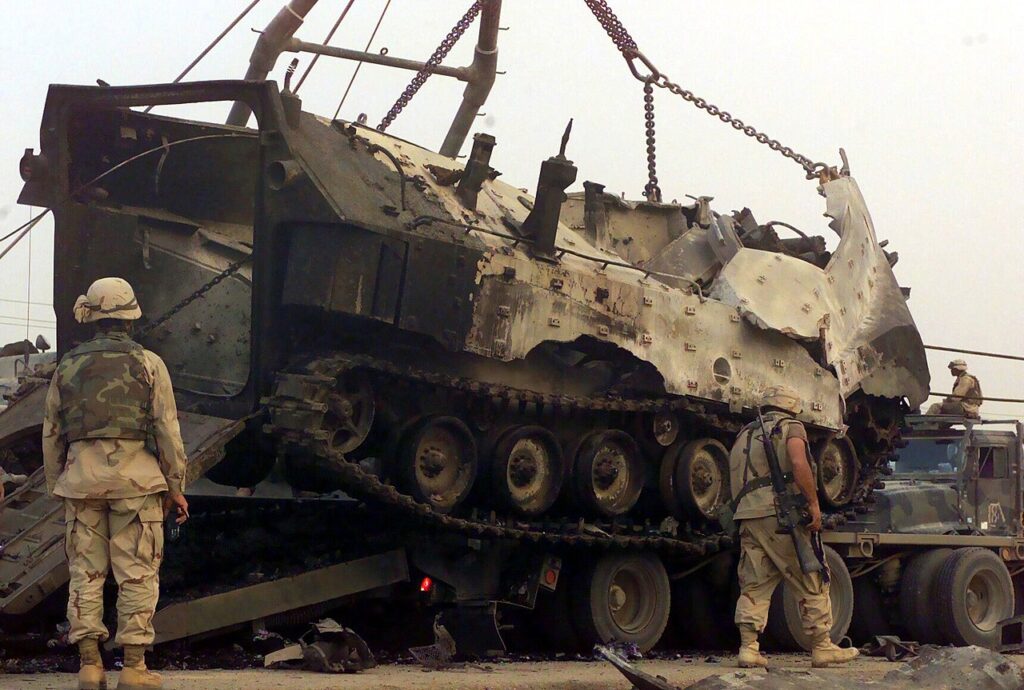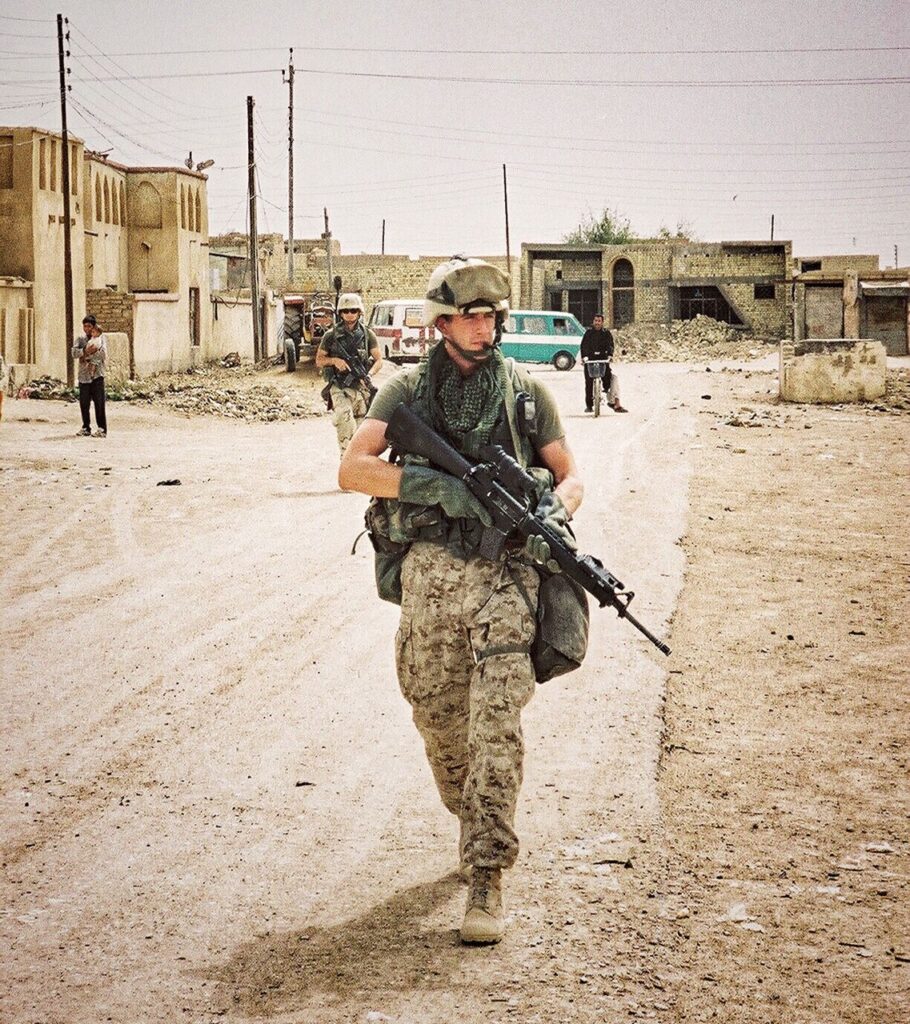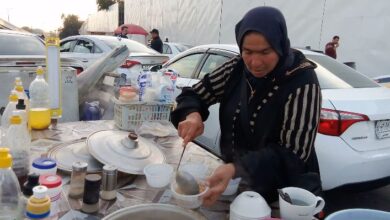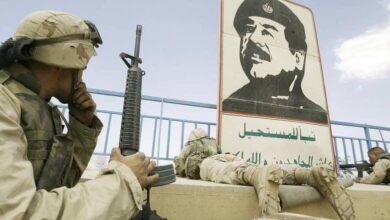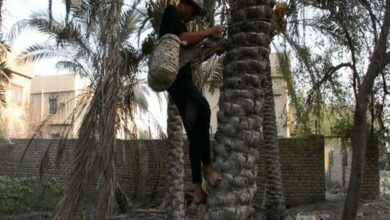In Nasiriyah, memories of US invasion of Iraq still strong
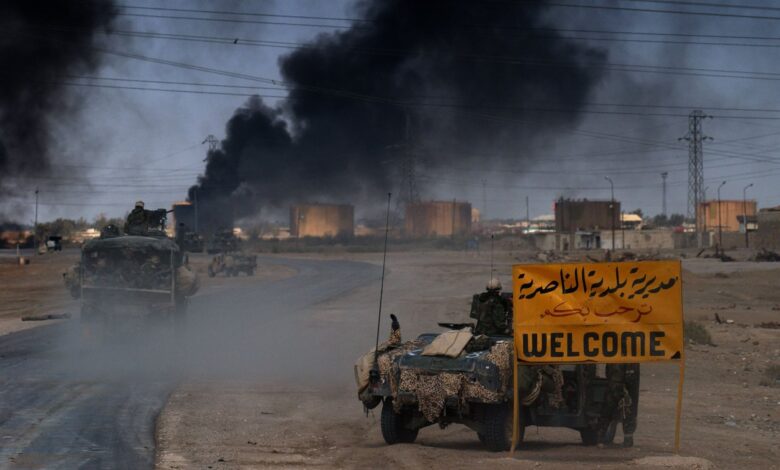
Locals in the southern city of Nasiriyah still remember the 10-day battle between forces loyal to Saddam Hussein and US troops, including the unexpected abduction, and then rescue, of US soldier, Jessica Lynch.
BY Murtadah Alhudood
Twenty years have passed since the American invasion of Iraq. It only took days for the ruling regime to be overthrown but the US invasion was full of hiccups, one of which was what is known as the battle of Nasiriyah, which stopped the US advance for days.
People in Nasiriyah still tell stories of that time, although their children, many of whom were born after the US invasion, tend to perceive these as a form of fiction.
The US led a coalition of 49 countries to invade Iraq, aimed at changing the ruling regime headed by Saddam Hussein.
According to security experts, it was not part of the plan to enter city centres, but rather to avoid them and move on the main roads far from residential neighbourhoods to lay siege to Baghdad.
But in Nasiriyah this plan went awry when a US supply convoy took a wrong turn and ended up entering the city. Their detour was met with violent resistance that disrupted the military advance for several days.
The central highway the US forces took, connects the cities of Basra ,Nasiriyah and Kut, but on both sides of it there were residential neighbourhoods in which some Iraqi army and fighters loyal to Hussein were stationed. They were armed with only light and medium weapons.
The US military convoy, consisting of several supply vehicles, ran into an ambush. The ambush ended with the wounding and capturing of the American soldier, Jessica Lynch, and the capture of a number of soldiers and the killing of 11 others. The Iraqi fighters roamed the streets of the city with the corpses and with their captive, Lynch, before taking her to a hospital where she was treated under tight security.
At the time, Mousa al-Khursan was one of the medical staff in the main hospital where Lynch was treated.
“Jessica was in the hall on the first floor and I was working with the medical and nursing staff on the ground floor,” al-Khursan recounts. “Around midnight a large [American] military force, accompanied by helicopters, raided the hospital, opening the doors with explosives.”
“The soldiers handcuffed the hospital director, then carried Lynch out of the ward. They arrested one of the administrative staff and took him with them, although after a whole week, he was released,” al-Khursan continued.
The American forces did not leave the hospital immediately. Instead they recovered the bodies of the US soldiers who had been killed, who had been buried near the hospital already.
The whole incident took about two hours and there was no military confrontation at all.
Residents still remember their fear and also how they dealt with everything that followed.
“Those were difficult days, despite the joy of regime change,” says Ammar Hadi, one of the residents of the neighbourhood near the highway, which became a battlefield. “The foreign forces had permission to kill any person or group that approached them and the former [Iraqi] regime fighters took over residential neighbourhoods as bases, from which to attack the American forces.”
The house that Hadi lived in at that time overlooked the highway and he could not leave from the front door to get food, so instead, he says, he climbed over the back fence and escaped the area via other houses’ yards.
Abu Jamil, who is in his sixties, also lived near the highway. He and his family and neighbouring families were forced to leave their homes after fighting intensified there.
Abu Jamil did not return to his home until five days after the military confrontation ended. He raised a white sheet as he approached the US forces near his house. They asked him to lie on the ground and searched him, then he spoke to an officer in the presence of an interpreter. The officer allowed him and the rest of the neighbourhood’s residents to return home after they all agreed to raise white flags over their houses.
Retired soldier and former senior officer, Naseer al-Salam al-Jabri, worked at one of the Iraqi army’s operations commands at the time. He remembers that, in fact, most of their forces were stationed east of the Tigris river because what they were most afraid of was an attack from Iran.
After just over a week of resistance from various forces, the southern city of Nasiriyah fell to the Americans.
On the morning of March 29, the people of Nasiriyah awoke to the news that the US forces had won and were now moving on, advancing towards the city of Kut, south of Baghdad.

